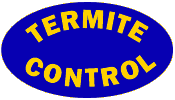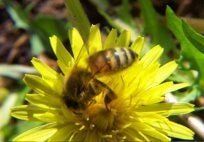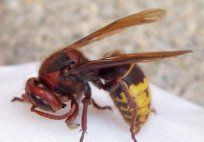STINGING/BITING INSECTS
Honey Bees
Honey bees are social insects found all over the world. They are beneficial insects because of their role in pollination. Honey bees pollinate more than 100 crops in the U.S.
Color: Predominantly golden-yellow with brown bands
Legs: 6
Shape: Oval; bee shape
Size: 1/2 inch
Antennae: Yes
Bald-Faced Hornets
The bald-faced hornet is a relative of the yellow jacket and gets its common name from its largely black color and mostly white face. This stinging insect is named a hornet because of its large size and aerial nest. They live in colonies that may contain between 100 and 400 members and typically do not reuse the same nest from year to year. Like yellow jackets, the bald-faced hornet is capable of stinging it's victim multiple times.
Color: Black with a white pattern on most of the face
Legs: 6
Shape: Long, wasp-like
Size: 1/2 – 5/8” (12-15mm); queen 3/4” (18-20mm)
Antennae: Yes






















